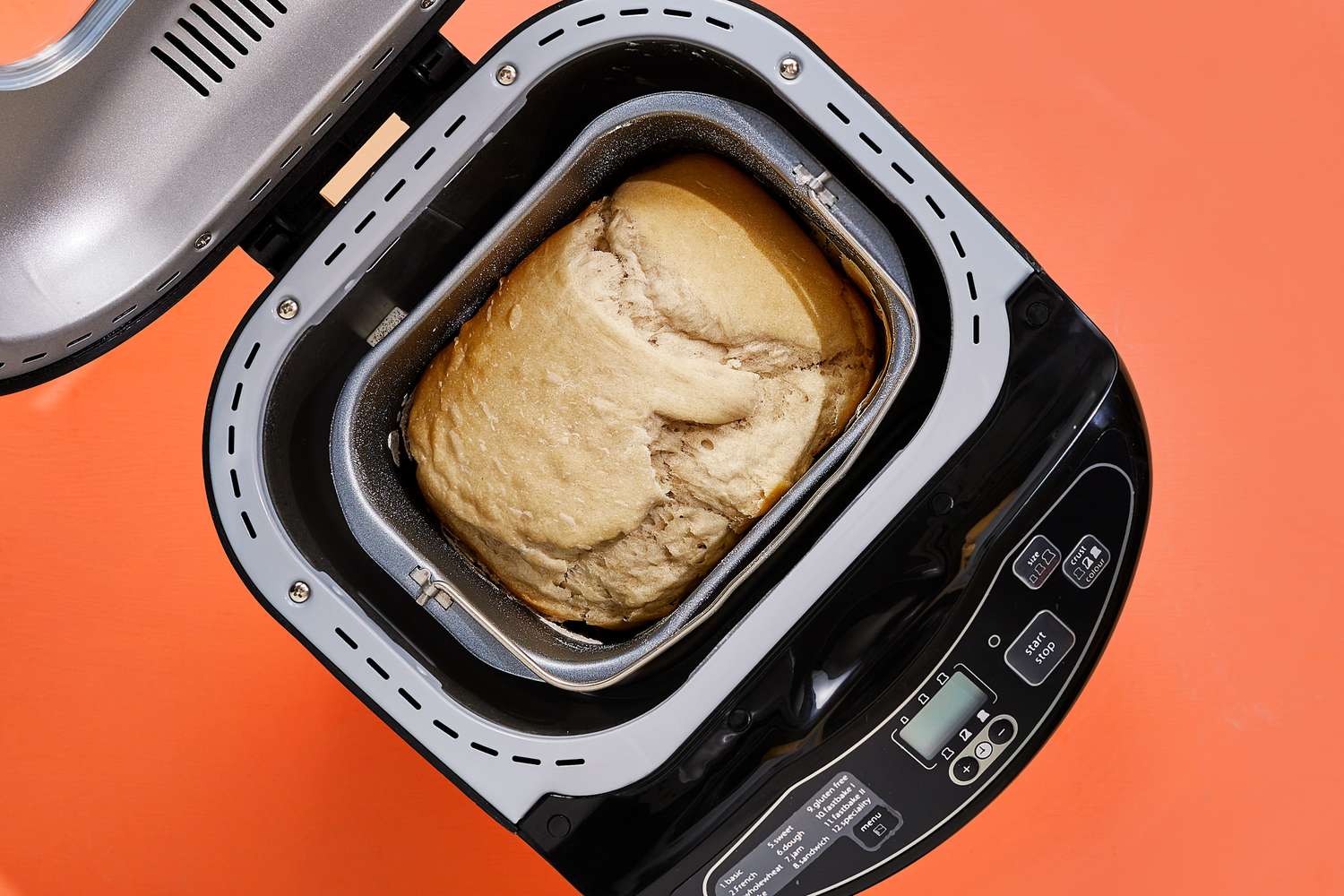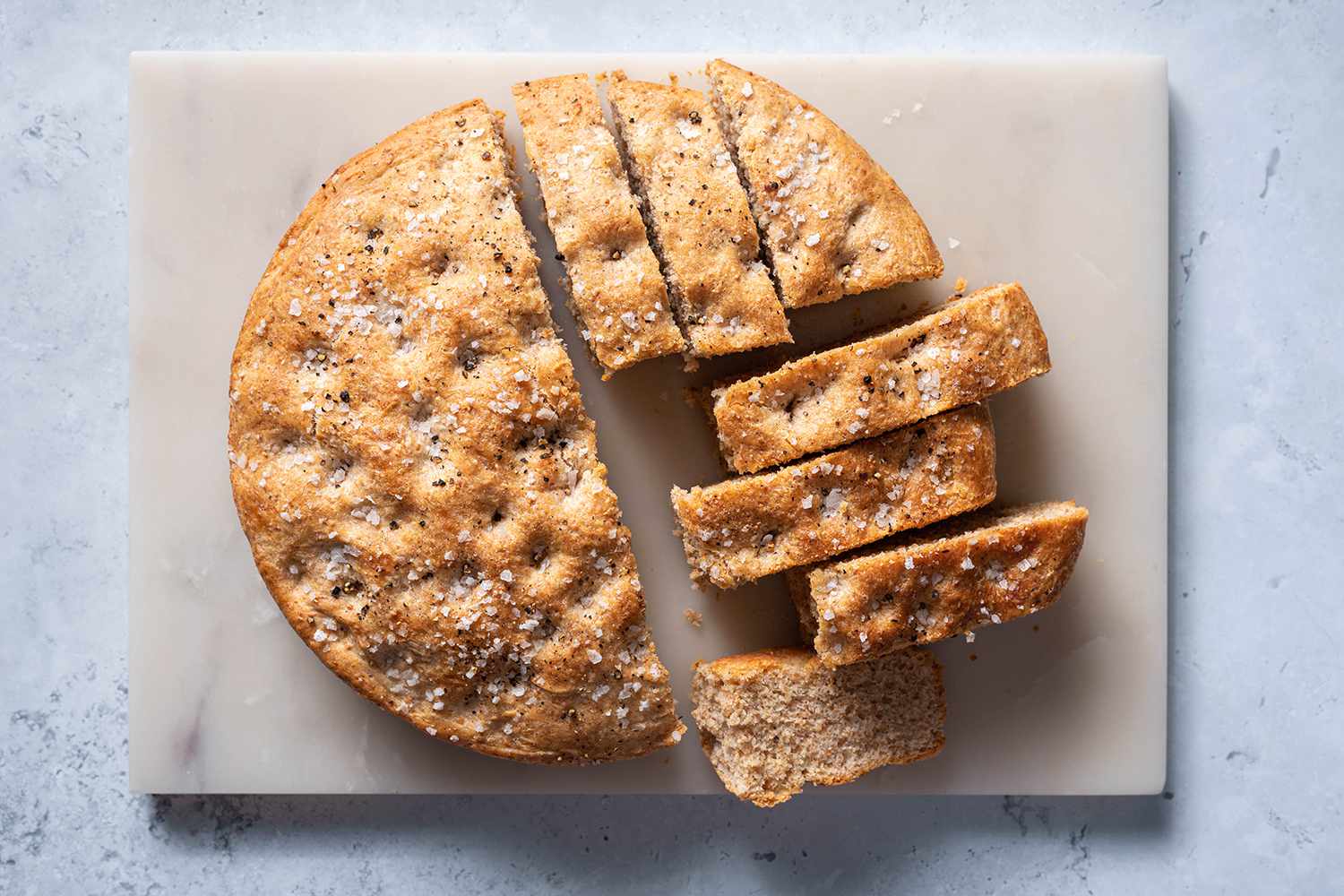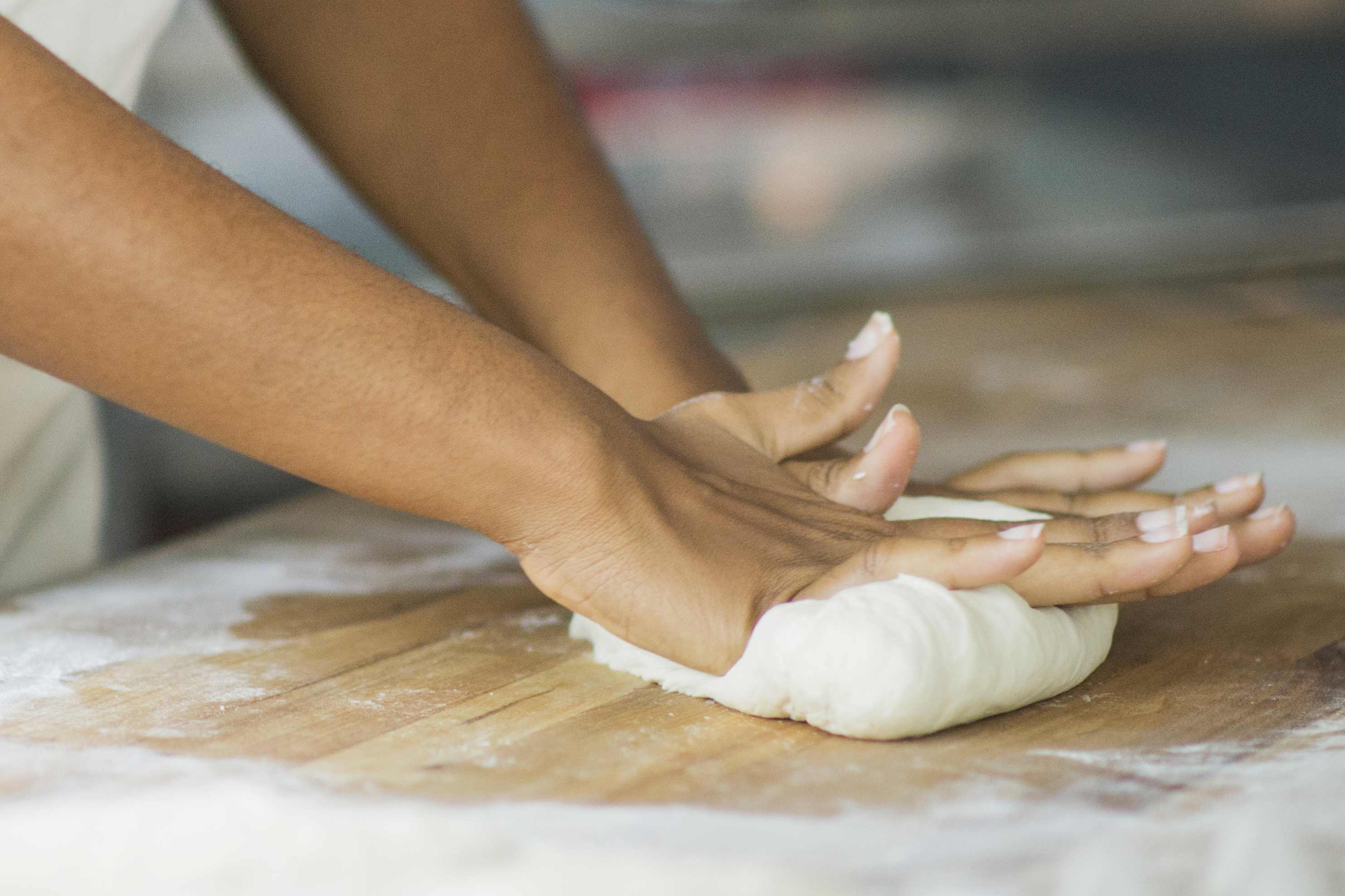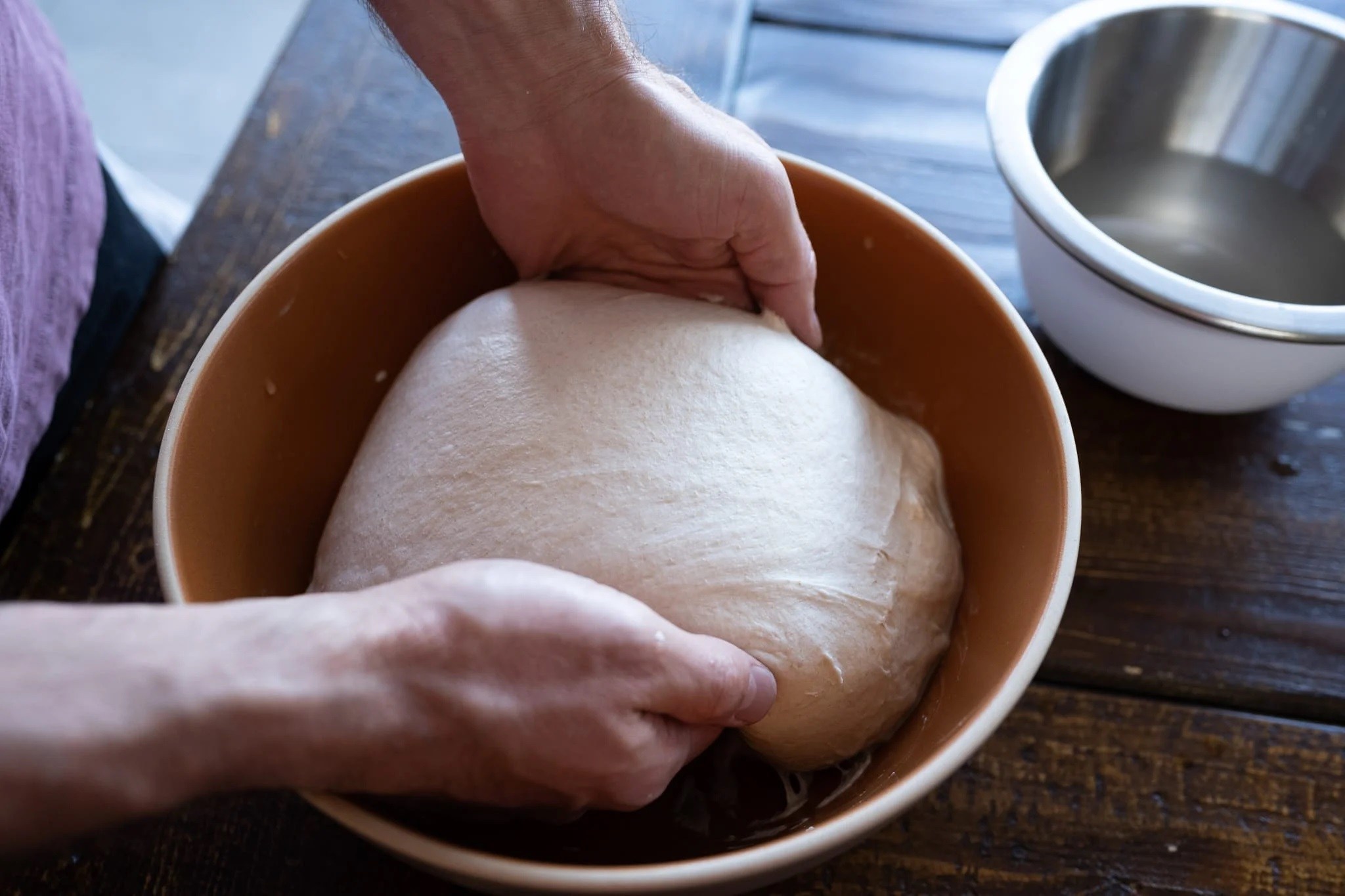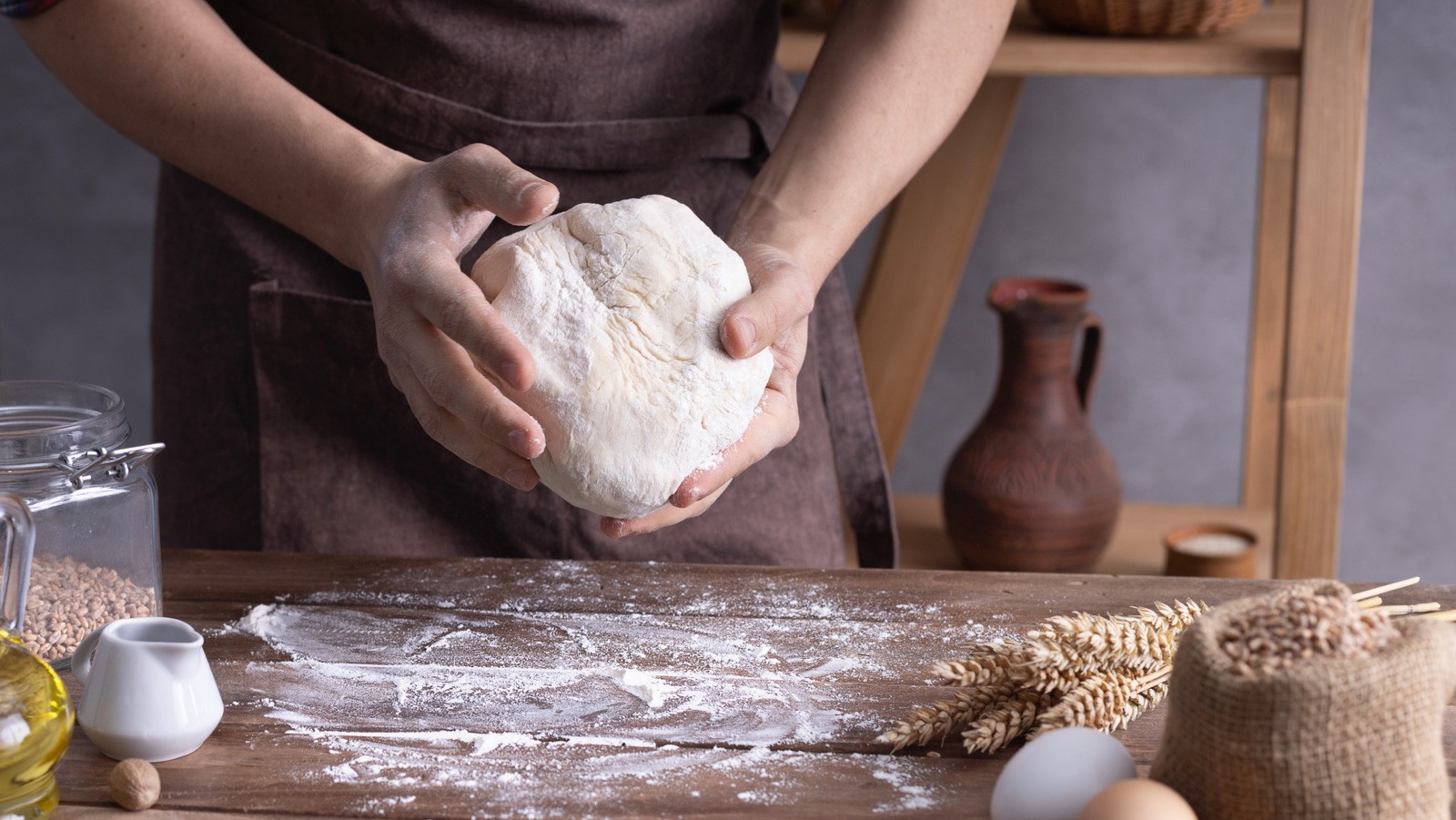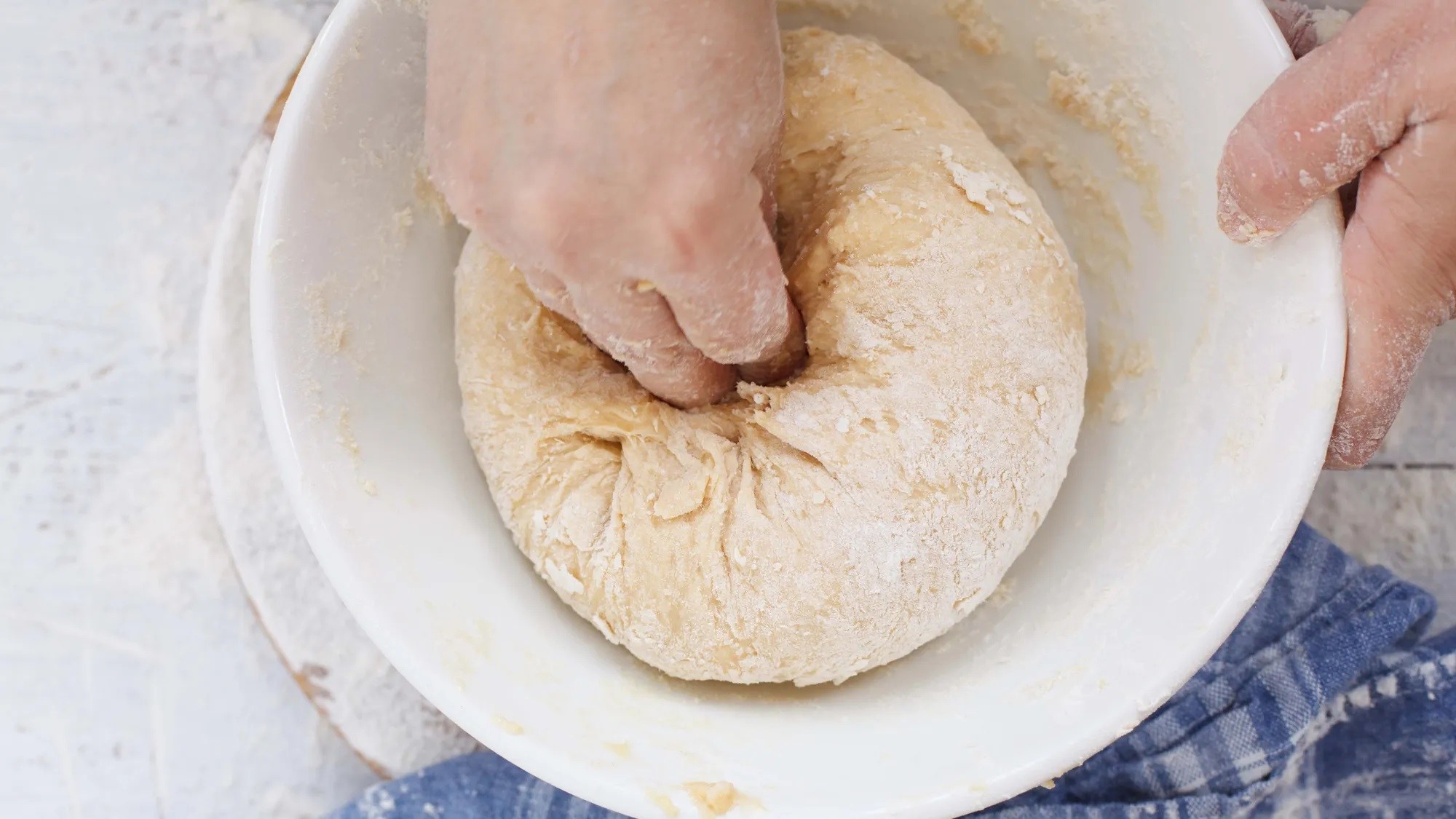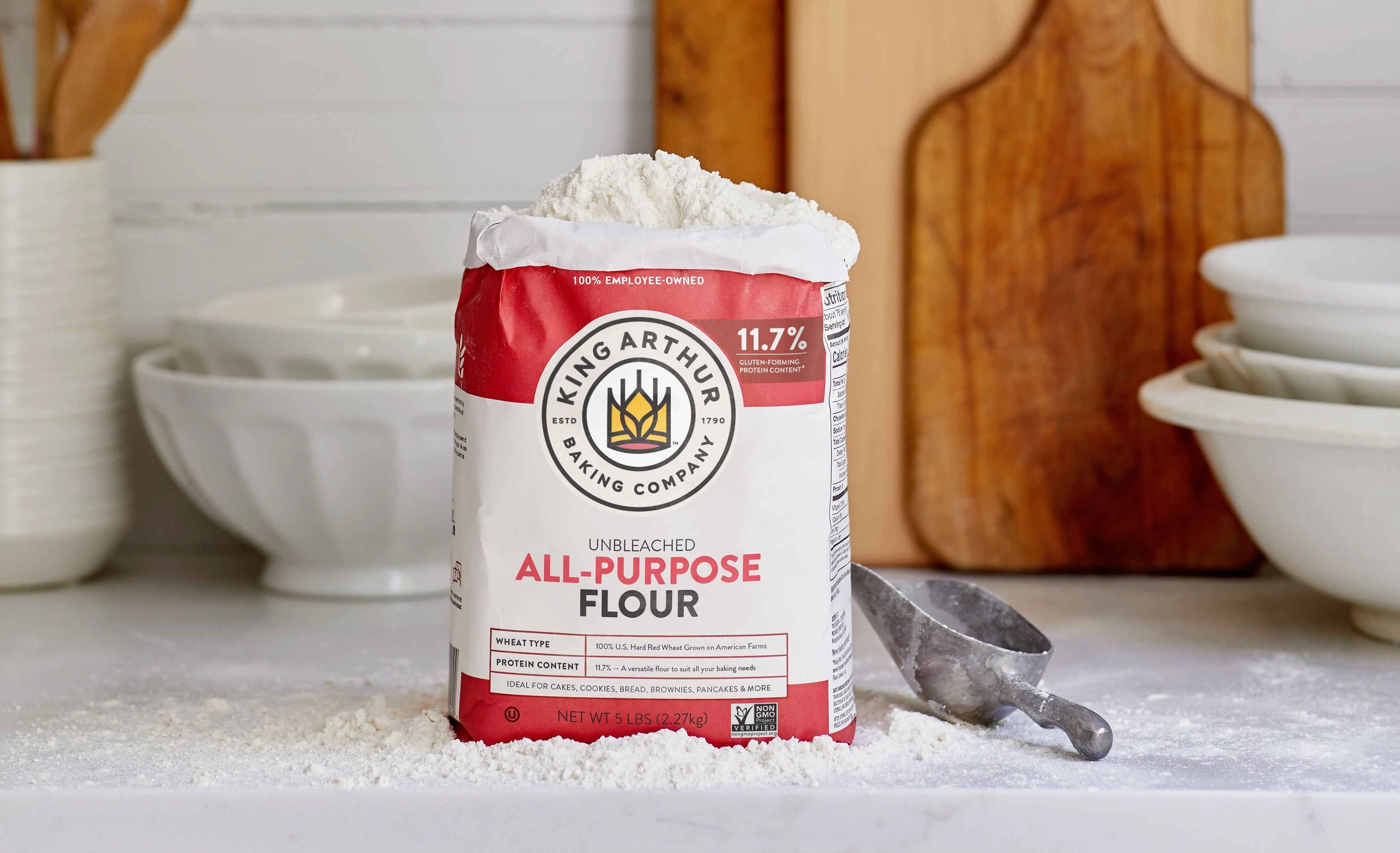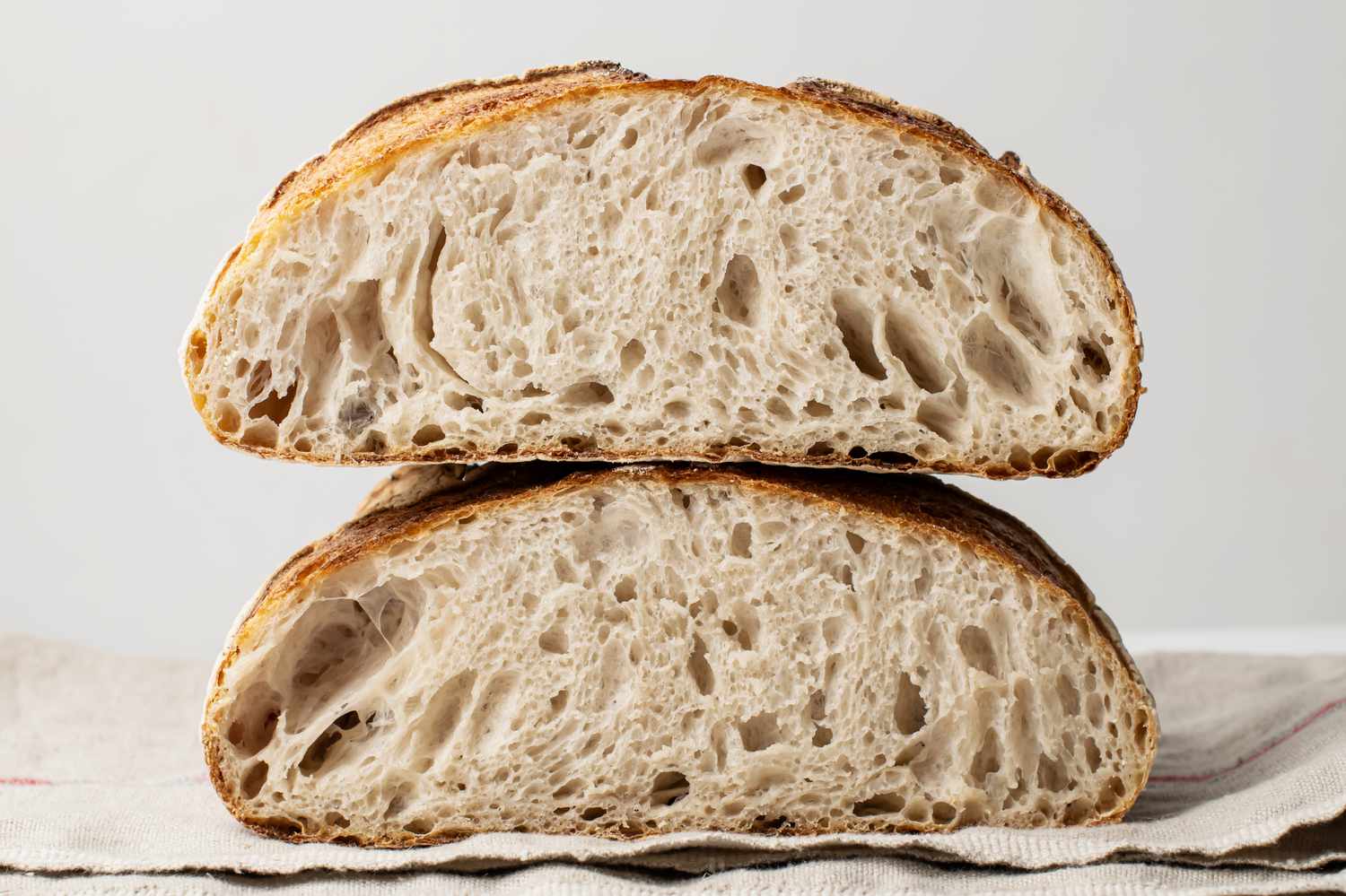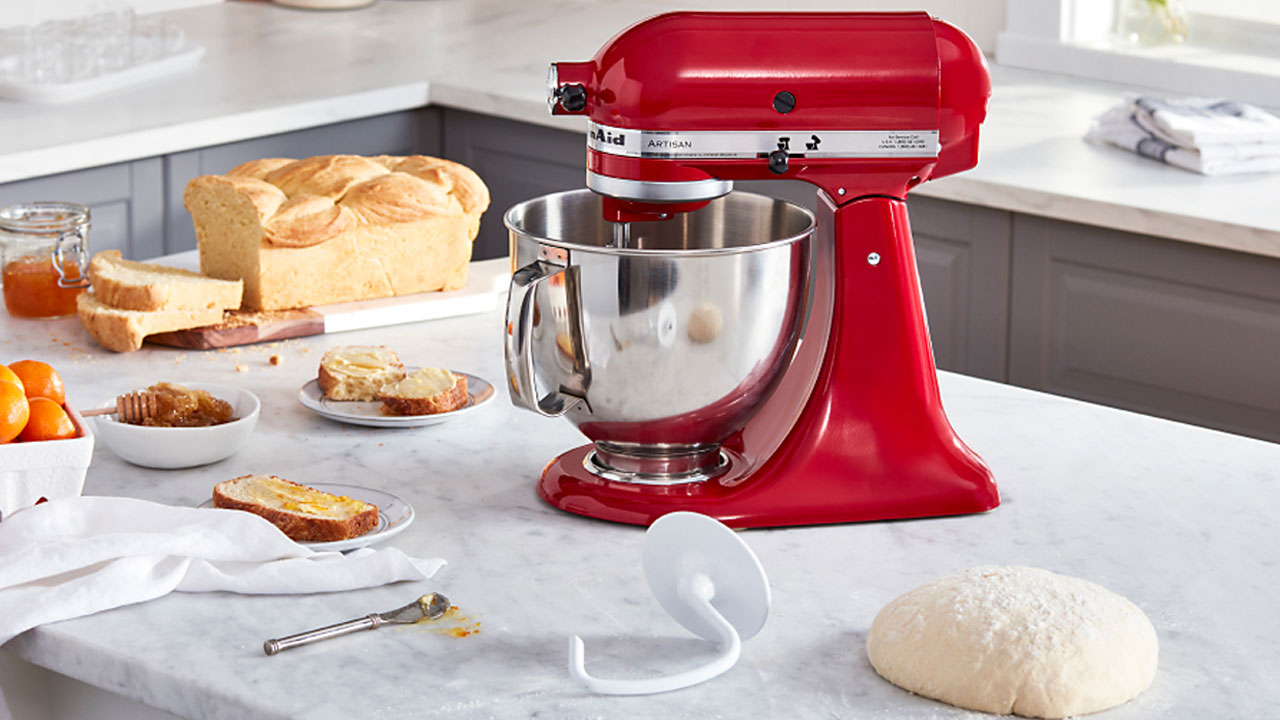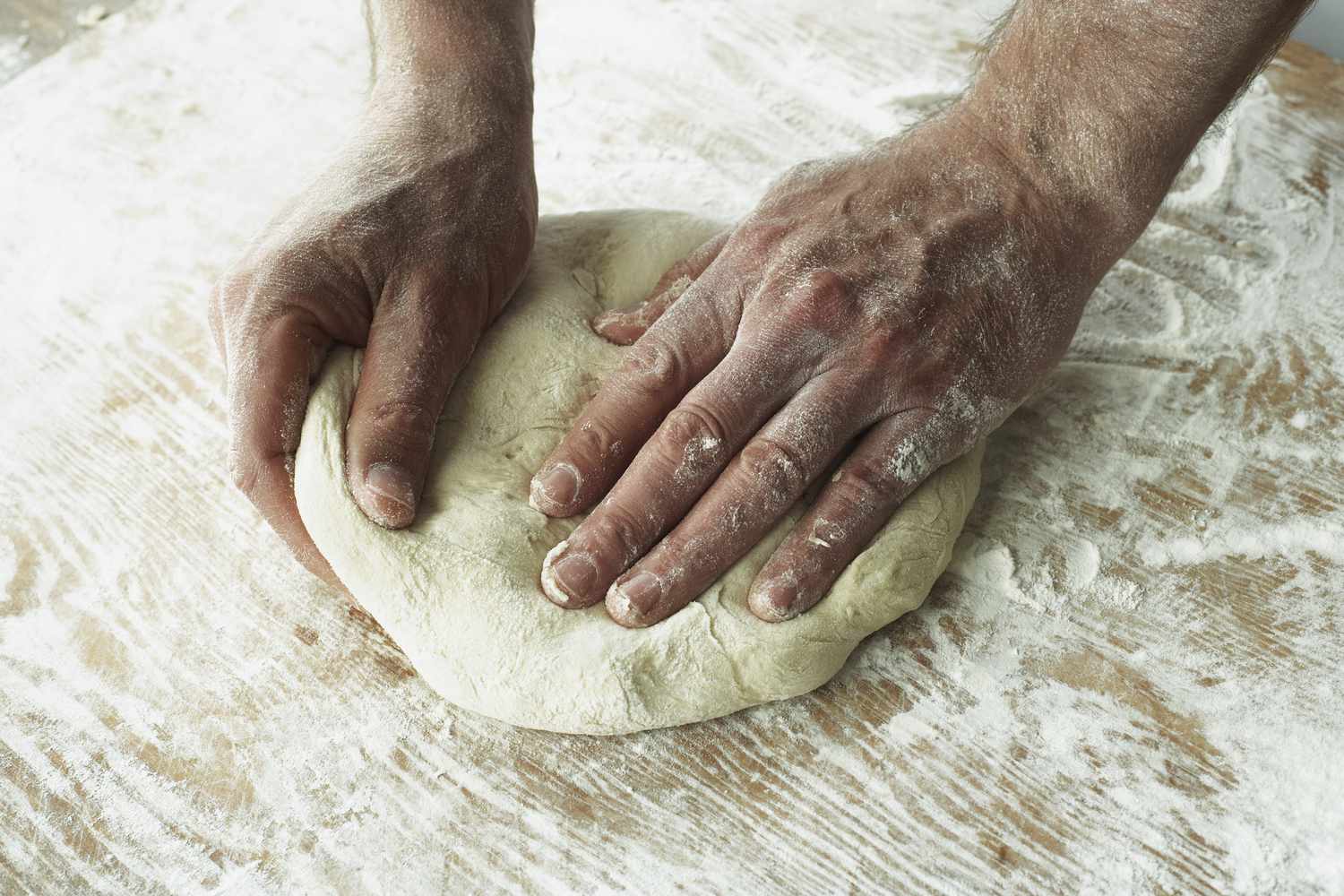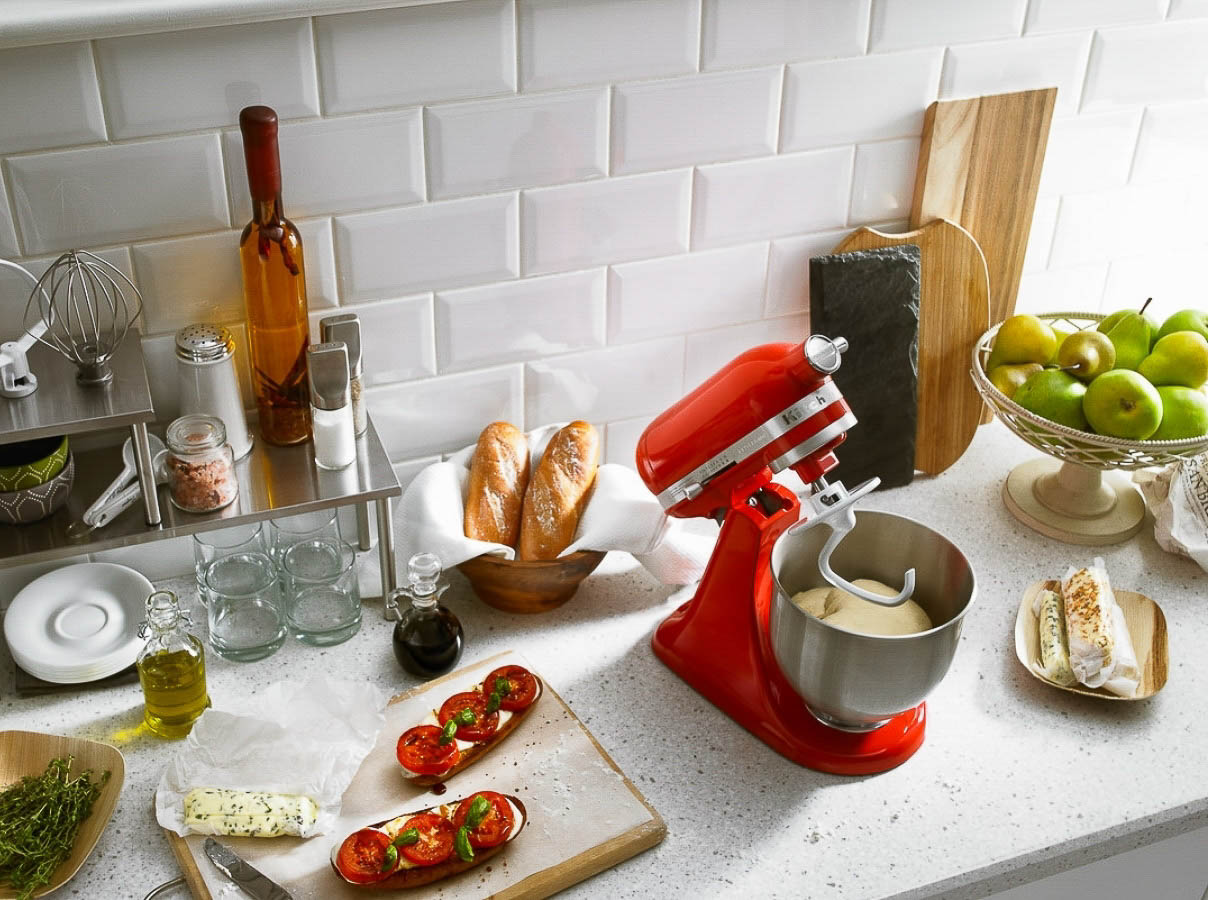Mastering the Art of Kneading Bread Dough
There’s something incredibly satisfying about making your own bread from scratch. The process of kneading the dough is not only therapeutic, but it’s also essential for achieving that perfect texture and flavor. If you’re new to bread making, don’t worry! Kneading bread dough is a skill that anyone can master with a little practice and the right technique.
Why Kneading is Important
Kneading is a crucial step in bread making because it develops the gluten in the dough. Gluten is a protein that gives bread its structure and helps it rise during baking. When you knead the dough, you’re essentially aligning the gluten strands, which creates a network that traps carbon dioxide produced by the yeast. This process is what gives bread its airy and chewy texture.
Steps for Kneading Bread Dough
Follow these simple steps to knead your bread dough like a pro:
- Prepare Your Work Surface: Before you begin, make sure your work surface is clean and lightly floured. This will prevent the dough from sticking and make it easier to knead.
- Gather Your Dough: Place your bread dough on the floured surface and sprinkle a little more flour on top.
- Push and Fold: Use the heels of your hands to push the dough away from you, then fold it back over itself. Rotate the dough a quarter turn and repeat the process.
- Add Flour as Needed: If the dough feels too sticky, you can sprinkle a small amount of flour as you knead. Be careful not to add too much, as it can make the dough dry and tough.
- Knead Until Smooth: Continue kneading for about 10-15 minutes or until the dough becomes smooth and elastic. You’ll know it’s ready when it springs back when you press it with your finger.
Tips for Successful Kneading
Here are some additional tips to help you achieve the perfect bread dough:
- Use the Right Technique: Focus on using the heels of your hands to push and fold the dough, rather than using your fingers. This will help you exert more pressure and effectively work the dough.
- Be Patient: Kneading takes time, so don’t rush the process. Enjoy the rhythmic motion and take your time to develop the gluten properly.
- Pay Attention to Texture: As you knead, pay attention to the texture of the dough. It should gradually transform from a shaggy, sticky mass to a smooth and slightly tacky ball.
- Practice Makes Perfect: Like any skill, practice is key to mastering the art of kneading. The more you knead, the better you’ll become at recognizing the right texture and consistency.
Conclusion
Kneading bread dough is a fundamental step in the bread making process, and with the right technique and a little patience, you can achieve bakery-quality results in your own kitchen. So, roll up your sleeves, dust off your work surface, and get ready to experience the therapeutic joy of kneading bread dough!
